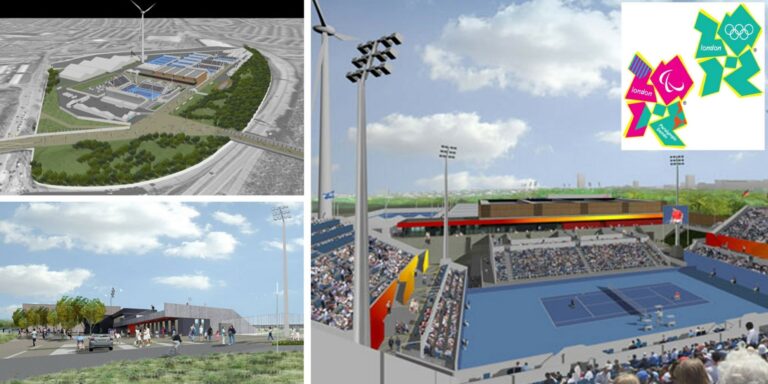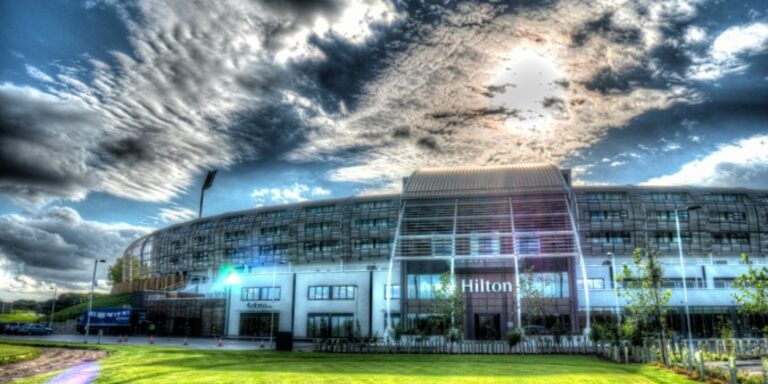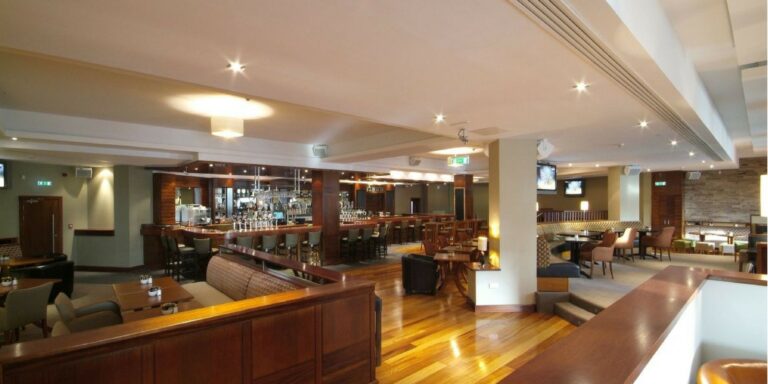INTRODUCTION
Full planning permission has been submitted for a mix of hotel and office accommodation on Sullivan’s Quay in Cork. The proposed development consists of a 14,500m² office block and a 193-bed hotel with a double basement on the site of the former Revenue Commissioners office building on Sullivan’s Quay.
The proposed development will breathe life into the southern part of the city a well-regarded hotel operator having committed to providing a 4 star hotel with bar and restaurant and retail on the ground floor of the building. There will also be multiple meeting rooms and a large function room for larger conferences.
- The scheme MEP design completed by EDC boasts intelligent use of limited external areas on the site for plant and equipment, given the building footprint takes up the entire planning boundary. The plant rooms in basement levels have been designed to maximise car parking and circulation for office tenants and hotel guests.
- The office building will be designed to ensure a LEED Gold certificate will be granted to the development in line with current office accommodation expectations in the city. Detailed modelling and dynamic simulations will be carried out during the development in order to inform, optimise, and validate the proposed designs. Simulations will be used to perform a detailed analysis on the areas listed below, in order to determine the suitability and effectiveness of various systems:
- Natural ventilation and overheating risk
- Natural daylight distribution
- Regulatory Compliance Assessments for Part L
- Energy performance Assessments for LEED
- Building energy use
- MEP Plant and Equipment Selections
- The hotel HVAC systems proposed will incorporate on demand control with auto set-back modes for unoccupied periods which are common in hotels.
- The use of renewable technologies to produce hot water for the hotel will be considered as they make a significant contribution to energy efficiency. A micro-CHP system is an example of a renewable technology that can be used in conjunction with high-efficiency boiler system to generate hot water for sanitation. Detail energy modelling calculations will determine if such a system is required to meet targets identified above.
Previous
Next



